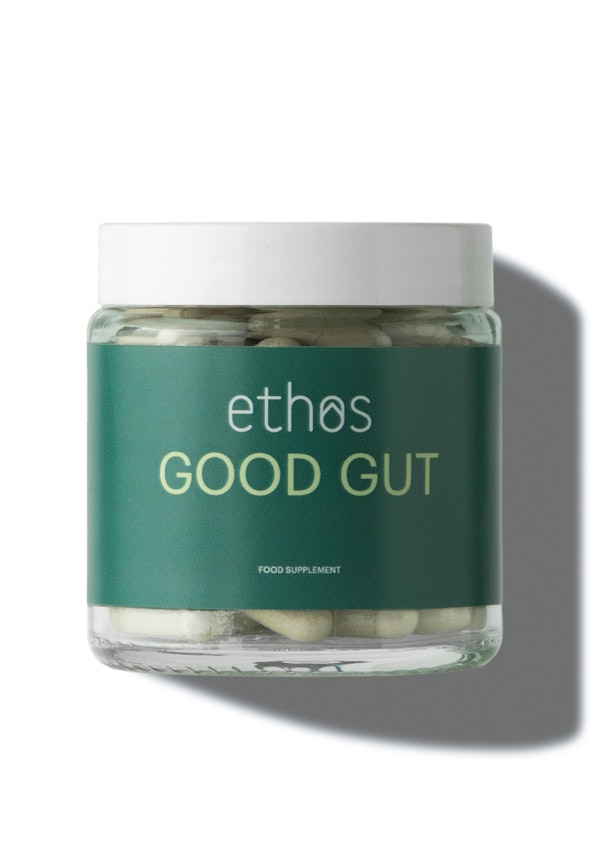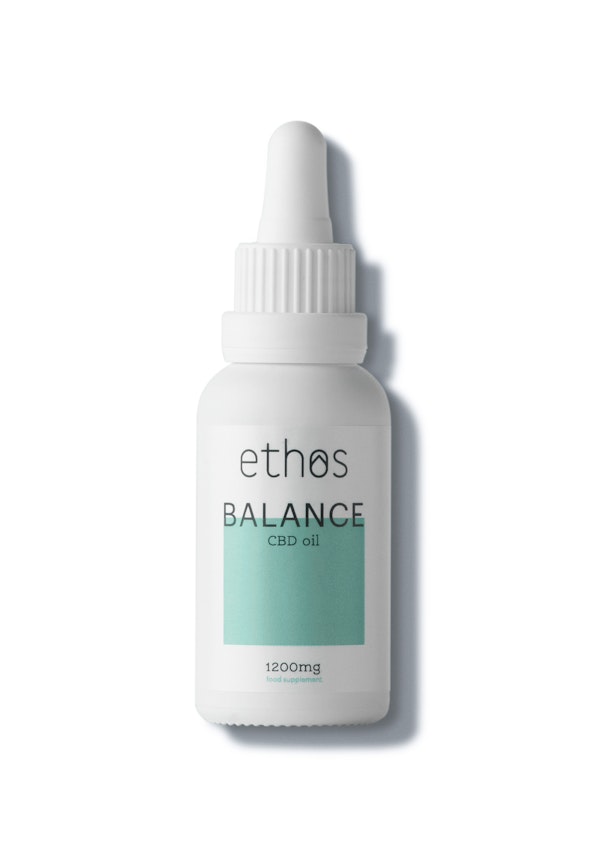Shop Your Need
Stress-care™ supplements designed to support 5 essential health functions.
Gut
The epicentre of health. Your well-being starts here.
Sleep
Relax + unwind for a peaceful sleep.
Defence
Boost your body’s resilience + immunity.
Mind
Find calm + balance, for brighter days.
Energy
For optimal daily focus + vitality.










